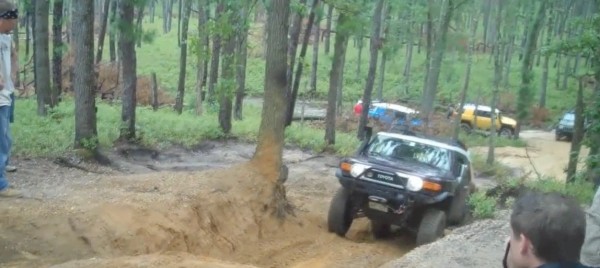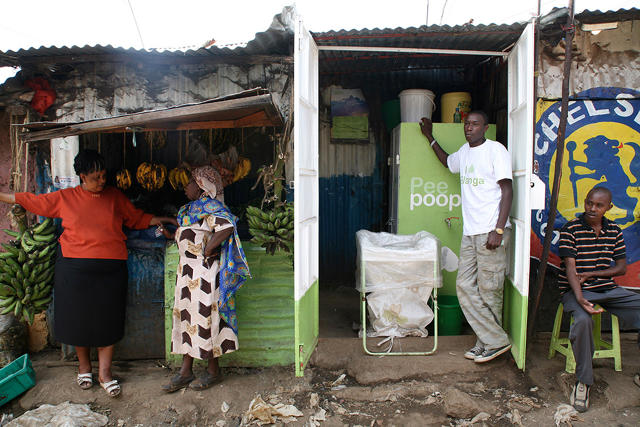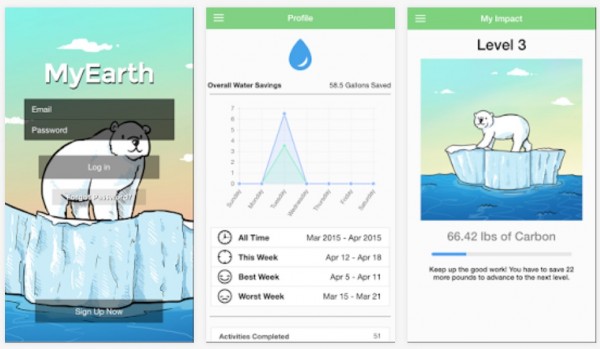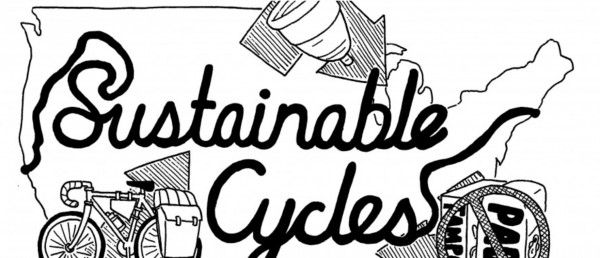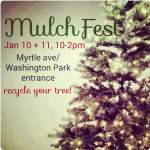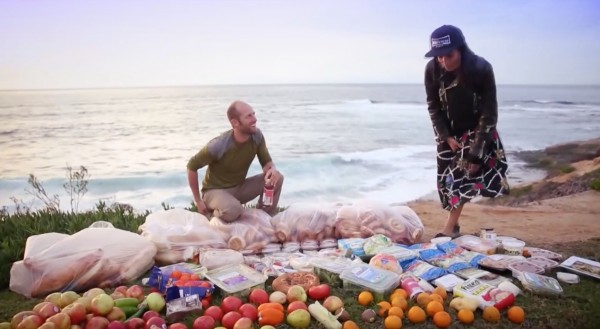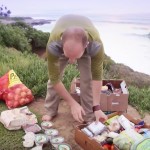 The New Jersey Board of Public Utilities holds three hearings this month (August 2015) to collect public input in preparation for upding the state’s Energy Master Plan (EMP). Individual state goals for cutting power plant emissions are laid out in President Obama’s new national Clean Power Plan. Assemblyman Dan Benson explains their impact on New Jersey’s EMP:
The New Jersey Board of Public Utilities holds three hearings this month (August 2015) to collect public input in preparation for upding the state’s Energy Master Plan (EMP). Individual state goals for cutting power plant emissions are laid out in President Obama’s new national Clean Power Plan. Assemblyman Dan Benson explains their impact on New Jersey’s EMP:
States can .. decide for themselves how to get there .. (but) if New Jersey fails to produce our own plan in compliance with the Clean Power Plan, we may be forced by the federal government into a program of its design.
This is the Assemblyman’s list of characteristics of a strong state EMP – which you can freely incorporate into your spoken or written testimony. You can also review Environment New Jersey’s list of suggested talking points:
- Obtains input from policymakers, energy suppliers, utilities, consumers, and other stakeholders
- Coordinates specific state implementation planning so that it will adhere to the Federal Government’s Clean Power Plan’s standards and other Federal rules
- Includes both supply and demand-side requirements
- Focuses on energy efficiency programs and renewable energy goals
- Builds upon a record of the past, what was successful and what needs to change
- Seeks to provide a blueprint for the future, with achievable and specific goals
- Examines the impact of consumer behavior on energy usage, and how does education and other policymaking modify market and consumer behavior in a beneficial manner
The Sierra Club will help you sign up and prepare testimony for an EMP hearing.
There’s Clean Energy Call to Action rally outside Newark’s Aug 11 EMP hearing. Feel free to join in – or just check out the materials.

